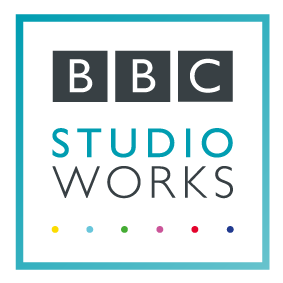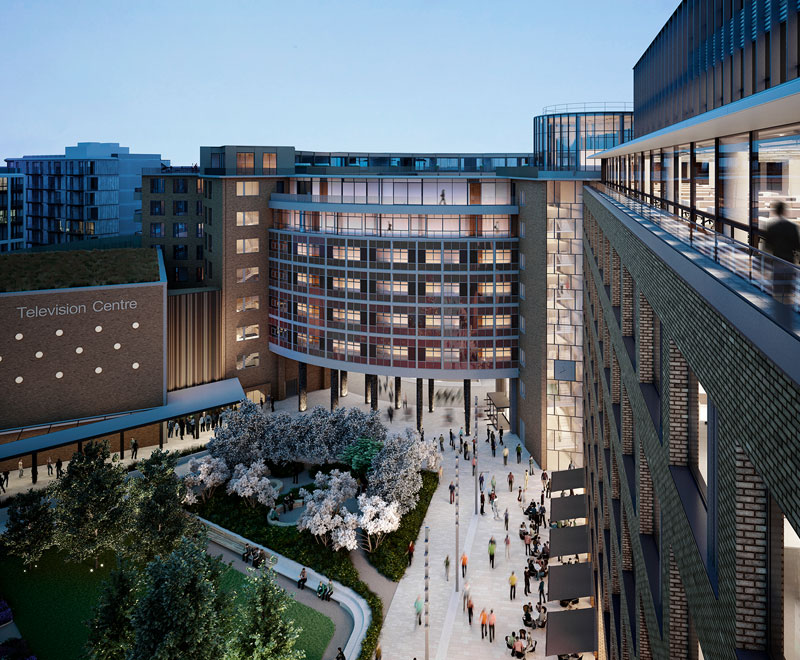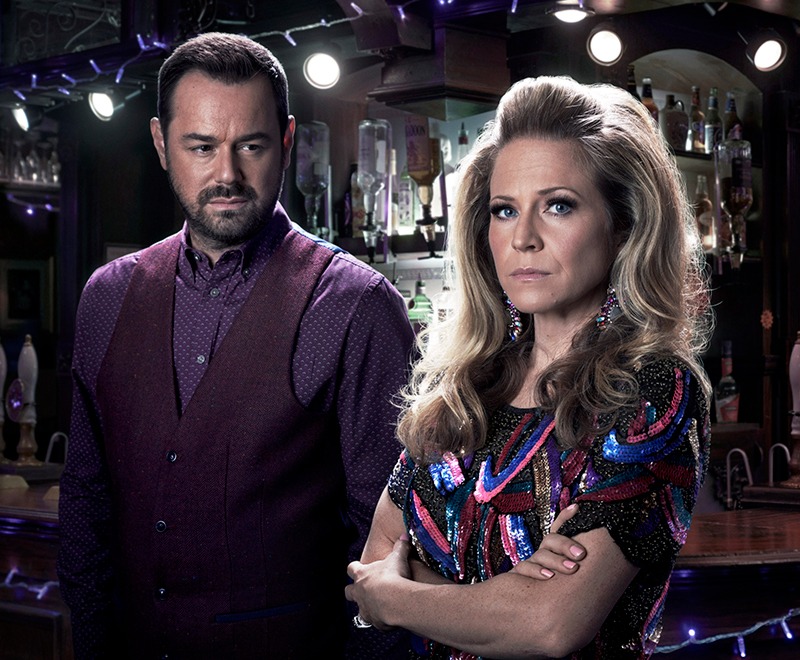Studioworks delivers full studio and technical services for the BBC’s live General Election Coverage.
Over 15 hours of live broadcasting simulcast across three channels
Today Britain goes to the polls in what is set to be one of the most critical UK General Elections in history.
Following past facilitation and technical support of multiple BBC election coverage programmes, including the General Election coverage in 2015 and last year’s EU Referendum broadcast, BBC Studioworks has once again been chosen as the BBC’s national broadcast hub for the snap 2017 General Election.
The General Election 2017 Special will be a full results service beginning when the polls close, going through to the following evening. The overnight programme will be simulcast live from BBC Studioworks’ Elstree Studio D, on BBC One, BBC News Channel and BBC World News.
The set build and technical rig for the broadcast is complete and technical rehearsals are underway ahead of the impending vote. Behind-the-scenes, Andrew Breaks, BBC Studioworks’ Resource Manager, explains how it’s been an all hands-on-deck job to prepare Studio D ahead of the live broadcast.
When Theresa May called the snap election in April, what happened at BBC Studioworks?
When we had confirmation that BBC News wanted Studioworks to host its election coverage in a matter of weeks, we jumped into automatic pilot drawing on past experience of election broadcasting to start assembling the core delivery team and securing technologies.
Our 11,800 sq. ft. Studio D, located at BBC Elstree Centre, is the epicentre of the action and comes to life as BBC News’ national election broadcasting hub. BBC News’ Election results team is also based in the studio, and a large outside broadcast switching operation completes the set-up in a hub adjacent to Studio D.
The 2017 Election programming is slightly scaled back compared to 2015, but incorporates a wealth of state-of-the-art technologies that give voters a completely immersive viewing experience.
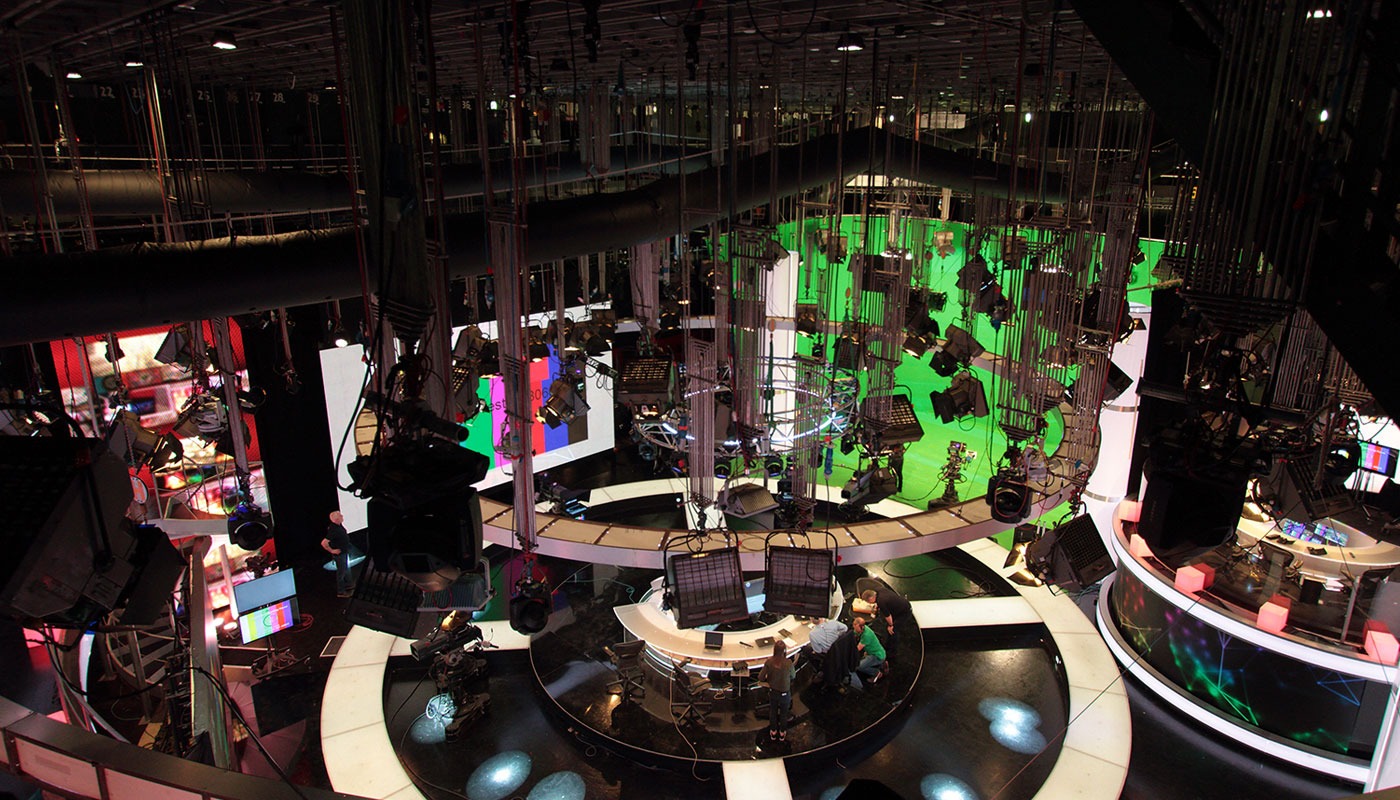
Behind-the-scenes – a view of the set from above
How do you prepare for one of the most technically complex and demanding broadcasts in TV production?
The sheer size of the production is the main challenge, as we will utilise pretty much every facility in the studio for the entire length of the programme – the entire broadcast will span over 15 hours of live political content, without a break.
Studio D is split into different areas to accommodate various elements of the production – a results presentation area, the virtual reality analysis area, and an interview area for live reaction. Essentially, we’re running three mini studios in one. Supported by a crew of around 100, the talented professionals are at the heart of the technical operation, and are a crucial factor behind the success of these broadcasts.
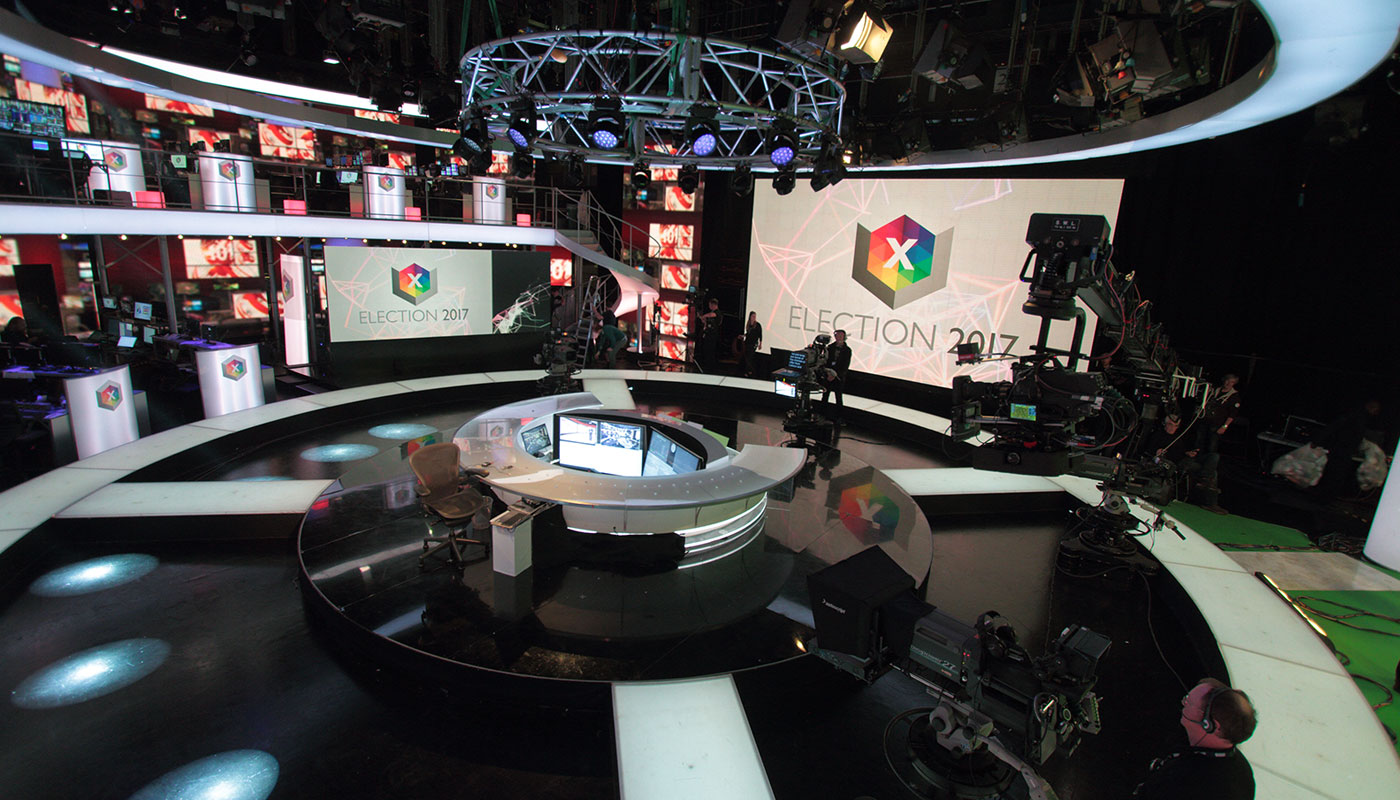
“Essentially, we’re running three mini studios in one”
What technology is used to bring the election broadcast to our screens?
The broadcast will feature up to 18 outside feeds tracking the live results from across the country, being ingested onto two EVS live production servers that will manage the studio recordings and turnarounds of counts and interviews, sending and receiving material from BBC News’ media servers.
There are 14 cameras including a Steadicam and five specially designed virtual reality cameras. We also have a versatile 30ft Technocrane, which is fitted with a SpaceTracker tracking system to allow for sweeping shots between each specific area of the studio, including the ability to seamlessly move from the ‘real’ world of the studio to the computer-generated world of the virtual reality area.
One of the largest interactive touch screens in Europe will be put to use during the live transmission when highlighting the latest developments from around the country. The 5.3 metre wide and 2.5mm pitch LED screen uses a RadarTouch to interface with the Vizrt graphics.
How is the virtual reality area brought to our screens?
Camera tracking system, Mo-Sys StarTracker, provides camera movement data for the graphics system. This target-based system tracks the cameras’ movements across the entire studio space, and informs the graphics engine of the camera position and orientation. This allows the virtual reality graphics to be accurately placed onto the camera’s visual feed.
This enables presenter, Jeremy Vine, to move realistically around a green screen environment and become immersed in up-to-date graphics as he delivers the political analysis of the incoming results. The tracking systems allow this to happen accurately and without affecting the position of the virtual graphics.
David Dimbleby will be joined in the studio by Mishal Husain, Emily Maitlis and Jeremy Vine. They will report, analyse and tally results as they come in and interview all the major political players and leading experts.
Huw Edwards will take over in the morning as lead presenter guiding the audience through the day’s main events, including the formation of a new government. He will also present the evening bulletin. Andrew Neil will take over from Mishal Husain.
